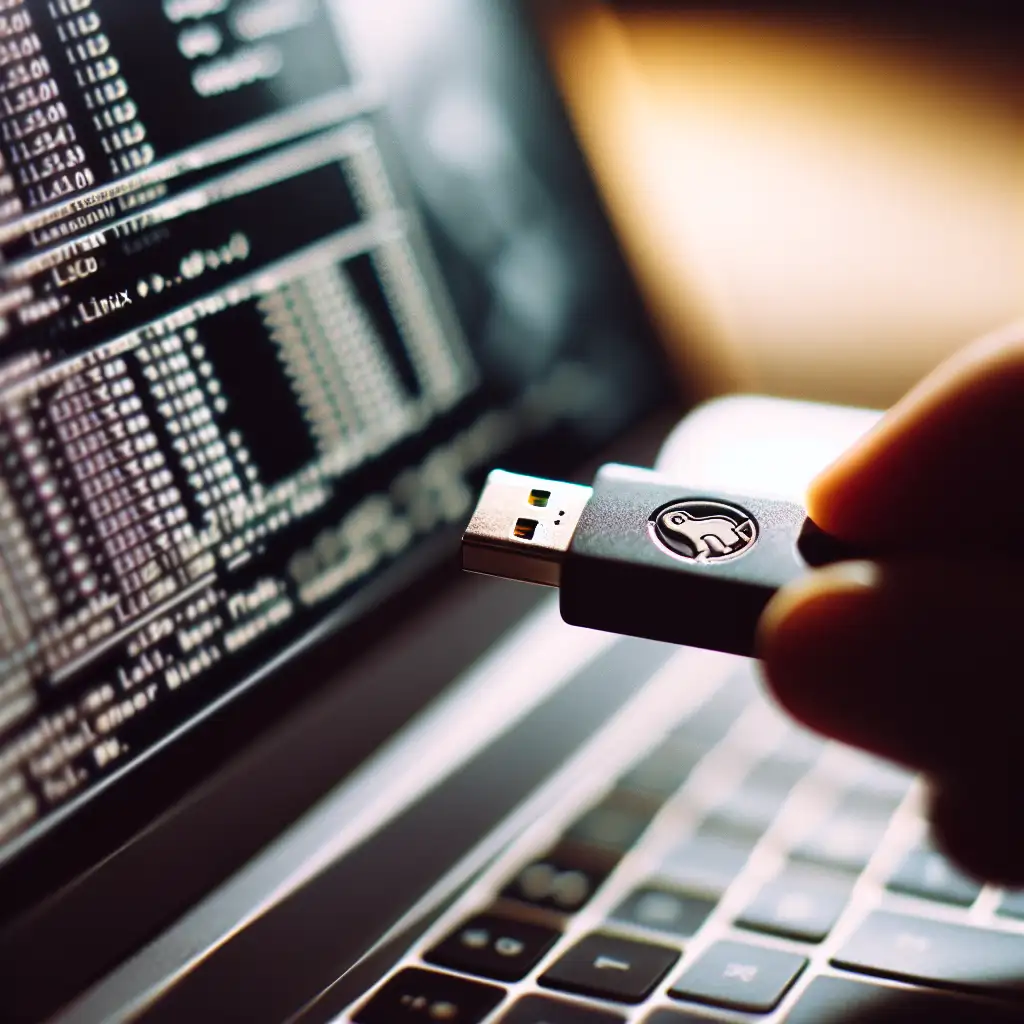Mastering the Creation of a Bootable Linux USB: A Step-by-Step Guide for Seamless Installation and Troubleshooting
Creating a bootable Linux USB is crucial for IT professionals and enthusiasts alike. Whether you're installing a fresh Linux distro, testing new versions, or repairing an existing system, having a reliable Linux USB drive saves time and adds flexibility—without relying on any pre-existing OS environment. Unfortunately, many guides gloss over the nuances, leaving users frustrated by boot failures or hardware incompatibility.
In this post, I’ll walk you through a clear, no-nonsense process to create a bootable Linux USB that works every time. From choosing the right tools to troubleshooting common pitfalls, you’ll gain a dependable method for smooth installations and repairs across virtually any PC.
Why Mastering Bootable Linux USB Creation Matters
Imagine you need to reinstall your OS after a critical failure or test an obscure Linux distribution on unfamiliar hardware. Without a bootable USB, you’re stuck either hunting for CDs/DVDs or using an existing OS environment to deploy from—both slow and limiting. A reliable bootable USB:
- Runs independently of installed systems
- Offers fast installation and repair options
- Supports persistent live environments where applicable
- Works across numerous machines regardless of manufacturer or BIOS/UEFI setup
What You Need Before Starting
- A USB flash drive: Minimum 4GB recommended (8GB+ preferred for modern distros).
- A Linux ISO image: Download the official distro ISO from sites like Ubuntu, Fedora, or Debian.
- Creation software:
- Windows users: Rufus, balenaEtcher
- Linux users:
dd(command line), Etcher, or GNOME Disks - macOS users: balenaEtcher or Terminal
dd
Step 1: Verify Your ISO Integrity
Before making your bootable USB, always check the ISO’s integrity to prevent installation failures:
- Each distro provides SHA256 checksums on their download pages.
- Use tools like
sha256sum(Linux/macOS) or CertUtil (Windows):
sha256sum /path/to/linux.iso
Compare the output with the official hash. If mismatched, re-download the ISO.
Step 2: Prepare Your USB Drive
- Back up any important data from your USB! The process will erase all contents.
- Plug in your USB drive.
- Identify its device name:
- On Linux/macOS: run
lsblkordiskutil list - On Windows: Check Disk Management (
diskmgmt.msc)
- On Linux/macOS: run
Step 3: Create the Bootable USB
Option A: Using Rufus (Windows)
- Download and launch Rufus.
- Under “Device,” select your USB drive.
- Click “SELECT” and choose your downloaded Linux ISO.
- Ensure “Partition scheme” matches your target system:
- For UEFI systems: GPT
- For legacy BIOS systems: MBR
- File system should usually be FAT32.
- Click “START.” If prompted about writing mode, select “ISO Mode” first; if it fails, try “DD Mode.”
Rufus automates many tricky steps (writing MBR/UEFI bootloaders properly), reducing errors.
Option B: Using Etcher (cross-platform)
- Visit balenaEtcher site and download for your OS.
- Open Etcher.
- Select the Linux ISO file.
- Choose your target USB drive.
- Click "Flash!" — Etcher handles partitioning and burning internally.
Option C: Using dd (Linux/macOS command line)
WARNING: The dd command is powerful but unforgiving—mistyping device paths can wipe critical data.
sudo dd bs=4M if=/path/to/linux.iso of=/dev/sdX conv=fdatasync status=progress
Replace /dev/sdX with your actual USB device identifier (e.g., /dev/sdb). Do not include partition numbers like /dev/sdb1.
Wait for completion silently; no progress bar unless you add status=progress.
Step 4: Safely Eject Your USB Drive
After flashing finishes:
- Windows and macOS usually prompt you to eject safely—make sure to do so.
- On Linux, run:
sudo eject /dev/sdX
This ensures all cached writes finish and protects filesystem integrity.
Step 5: Boot From Your New Ubuntu USB
Insert the USB into your target PC:
- Power on the machine and enter the boot menu:
- Common keys include F12, F10, ESC, or DEL—check your manufacturer’s docs.
- Select your USB device as the boot source.
- You should see the Linux distro’s live installer/start menu appear.
If it boots successfully — congratulations! If not:
Troubleshooting Common Issues
Problem 1: USB Not Showing in Boot Menu
- Double-check BIOS/UEFI settings:
- Disable Secure Boot if issues persist; some distros struggle with Secure Boot signatures.
- Enable Legacy Boot mode if UEFI-only fails.
- Confirm correct boot order prioritizes removable media or explicitly enter one-time boot menu.
Problem 2: System Boots but Freezes or Shows Errors
- Re-download and verify your ISO; corruption causes instability.
- Try creating the USB with a different tool like Rufus or Etcher.
- Test using another known-good flash drive.
Problem 3: Persistent Storage Not Working (Live Environment)
Not all tools enable persistence by default.
- Use specialized utilities like mkusb on Ubuntu to add persistence storage overlays when creating live media.
Final Thoughts
Creating a reliable bootable Linux USB doesn’t have to be messy or frustrating—it just takes careful preparation and using the right method for your environment.
By verifying downloads, choosing appropriate software for flashing, correctly configuring BIOS settings, and safely preparing removable media following these steps you'll consistently produce trustworthy installers for any hardware scenario.
Keep this guide handy next time you need to deploy or repair a system — mastering this skill boosts both troubleshooting prowess and deployment speed!
If you found this guide helpful, share it with fellow tech enthusiasts who struggle with making reliable bootable drives!
Happy Linux installing!
Note: This post focuses on standard desktop/server distributions; embedded devices or ARM-based systems may require additional specialized processes.
#Linux #BootableUSB #SystemInstallation #ITProTips #OpenSource
